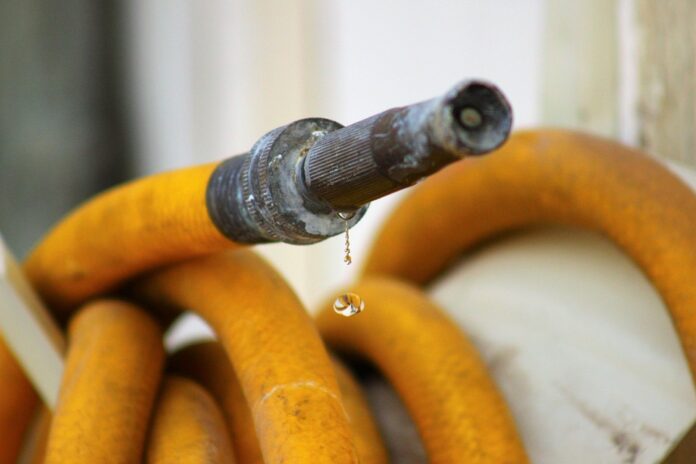Introduction
Precision irrigation is a critical component of modern agriculture, allowing farmers to optimize water usage and maximize crop yields. One key technology that has revolutionized precision irrigation is moisture sensors. These sensors provide real-time data on soil moisture levels, allowing farmers to tailor their irrigation practices to the specific needs of their crops. In recent years, remote monitoring has also become increasingly important in precision irrigation, enabling farmers to monitor and control their irrigation systems from anywhere in the world.
The Importance of Moisture Sensors in Precision Irrigation
How Moisture Sensors Work
Moisture sensors measure the amount of water in the soil by either measuring the soil’s electrical conductivity or using a capacitance-based method. These sensors are typically buried in the ground at various depths to provide a comprehensive picture of soil moisture levels throughout the root zone. By monitoring soil moisture levels, farmers can determine the optimal times for irrigation, preventing both over- and under-watering.
Benefits of Using Moisture Sensors
The use of moisture sensors in precision irrigation offers several key benefits. Firstly, it allows farmers to reduce water usage by only irrigating when necessary, saving both water and energy costs. Secondly, by optimizing irrigation practices based on real-time data, farmers can improve crop yields and quality. Finally, moisture sensors can help prevent waterlogging and soil erosion, which can damage crops and degrade soil health over time.
Remote Monitoring in Precision Irrigation
Advancements in Remote Monitoring Technology
Remote monitoring systems allow farmers to monitor and control their irrigation systems from a distance, either through a computer or mobile device. These systems use wireless technology to communicate with sensors in the field, providing real-time data on soil moisture levels, weather conditions, and system performance. This technology has revolutionized precision irrigation, giving farmers greater flexibility and control over their irrigation practices.
Benefits of Remote Monitoring
Remote monitoring offers several key benefits for farmers engaged in precision irrigation. Firstly, it allows farmers to respond quickly to changing conditions in the field, such as unexpected rainfall or equipment malfunctions. Secondly, remote monitoring can help farmers save time and labor by automating routine tasks, such as adjusting irrigation schedules or turning system components on and off. Finally, remote monitoring can improve overall system efficiency and performance, leading to better crop yields and resource utilization.
Industry Insights and Market Trends
Market Size and Growth
The global market for moisture sensors and remote monitoring systems in precision irrigation is expected to grow significantly in the coming years. According to a report by MarketsandMarkets, the market was valued at $1.5 billion in 2020 and is projected to reach $2.9 billion by 2025, with a compound annual growth rate (CAGR) of 13.7%. This growth is driven by increasing adoption of precision irrigation practices, rising demand for food security, and advancements in sensor and wireless technology.
Key Players in the Industry
Several companies are leading the way in the development and implementation of moisture sensors and remote monitoring systems for precision irrigation. Some key players in the industry include:
– The Toro Company: A leading manufacturer of irrigation equipment and technology, including moisture sensors and remote monitoring systems.
– Lindsay Corporation: Known for its Zimmatic brand of irrigation systems, Lindsay Corporation also offers advanced monitoring and control solutions for precision irrigation.
– Jain Irrigation Systems: Specializing in drip and sprinkler irrigation systems, Jain Irrigation Systems also provides cutting-edge sensor and monitoring technology for precision agriculture.
Conclusion
Moisture sensors and remote monitoring systems are essential tools for modern farmers looking to optimize their irrigation practices and improve crop yields. By harnessing the power of real-time data and wireless technology, farmers can make more informed decisions about when and how much to irrigate, leading to more sustainable and efficient agriculture practices. As the market for these technologies continues to grow, it is clear that moisture sensors and remote monitoring will play a crucial role in the future of precision irrigation.


